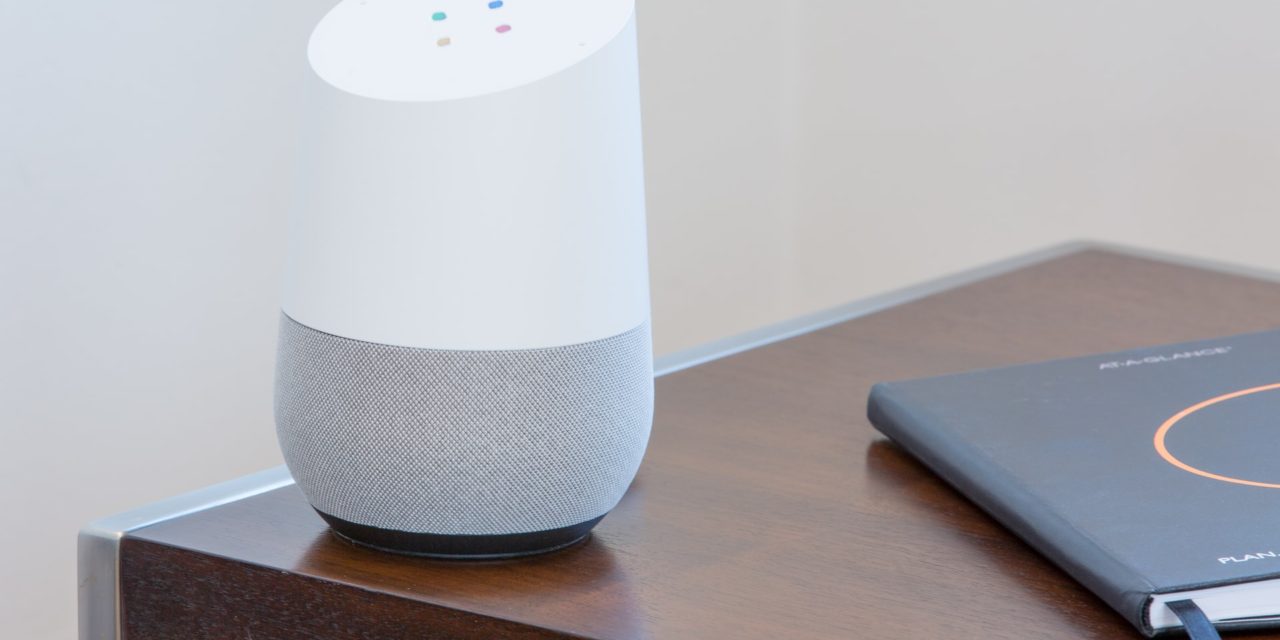[ad_1]
When Schlage and Kwikset came out with locks that can be re-keyed by the homeowner, many locksmiths were upset because they perceived a loss of business. My response was just the opposite-any product that save the customer time and money is a good idea. Now that these locks have been on the market for awhile (In fact many hardware stores now only carry the Secure Key and Smark Key systems), I have mixed feelings about the product. Read on for a brief review and comparison between the Schlage Secure Key and Kwikset Smart Key products.
Kwikset's SmartKey:
The basic goal of the system is to allow the homeowner to easily change the working key on their locks without the need of a locksmith. Kwikset's SmartKey was one of the first on the market and looks and operates exactly the same as traditional cylinders. The only sign that it is a Smart Key lock is the small hole at the 10 o'clock position on the cylinder. Follow these steps to rekey the lock
1) Insert a current working key and turn 90 degrees.
2) Insert the “change key tool” into the hole in the front of the cylinder (a small paperclip may also work). You will hear a slight click.
3) Remove the working key from the lock (do not turn it).
4) Insert a new Kwikset cut key into the lock.
5) Turn the new key back to the home position and remove.
The lock is now rekeyed! Without getting too mechanical, the cylinder uses a series of ratchets instead of the traditional pins to allow any factory cut Kwikset key to work in the lock. The lock is also bump proof and pick resistant. With all these features I was initially very impressed with this system, but quickly discovered a few problems that you should be aware of:
a) You must have a key to rekey the lock. Kwikset does make a tool that will allow a locksmith to reset the lock without a key, but I do not know many locksmiths (besides me) that currently own one of these tools.
b) The cylinders break easily. A traditional pin/tumbler cylinder can take a beating, but the Smart Cylinders with the small ratchets are somewhat delicate. The biggest issue seems to come from miss-cut keys (which are more common than you may think). When a miss-cut key is put into the lock and some turning pressure applied, the ratchets often break or bend. Sometimes trapping the key in the lock and sometimes keeping the homeowner from unlocking the lock all together.
c) The cylinders cannot be easily repaired. Not only do the cylinders break easily, but they cannot be repaired when they do break necessitating replacement and again, many locksmiths do not stock these cylinders.
Schlage's SecureKey:
Schlage quickly followed suit and released their own version of a owner re-keyable lock. Again, the cylinder looks exactly like a traditional cylinder from the outside except for a small “+” sign over the keyway. Follow these steps to rekey the lock:
1) Insert the special blue key that comes with the lock and is cut the same as a working key and turn 10 degrees to the left.
2) Pull out the blue key and insert a new blue key cut to the same as the new working key.
3) Turn the lock back to the home position.
4) Remove the blue key.
Again, the lock is now rekeyed and uses a series of ratchets to accomplish this function. While the lock does not offer any additional pick protection, it is bump proof. Typically, I prefer Schlage products to Kwikset products; however, Schlage needs a lot of refinement before I can recommend the Secure Key. Some of the issues include:
a) Special blue keys are needed to rekey the lock. These keys are not widely available to the homeowner, so a locksmith will still need to be called to rekey the lock.
b) There is currently no way to reset or rekey the lock if you do not have a working key. If all keys are lost, the cylinder must be replaced.
c) The blue keys are very hard to get out when rekeying. I have had more customers break their cylinder when attempting to use the blue keys than have actually successfully rekeyed the lock. A contact at Lowe's informed me that nearly 30% of the Schlage Secure Key locks are returned in the first year.
d) The blue keys will severely damage the lock if they are used for normal operation. Many homeowners see the nice looking blue key and put it on their key ring for everyday use. The key may work a handful of times, but in a short period of time the lock will become inoperable.
e) As with Kwikset's Smart Key, the cylinders cannot be repaired when broken.
Conclusion:
While I think both companies are heading in the right direction, they still need refinement. Once the above issues are addressed, I expect to see these locks on every door. In the meantime, if you are in a situation where you require regular rekeying or need locks rekeyed instantly I suggest either an electronic lock (Schlage and Master make excellent, inexpensive electronic deadbolts) or Interchangable Cores (call me for more information)

